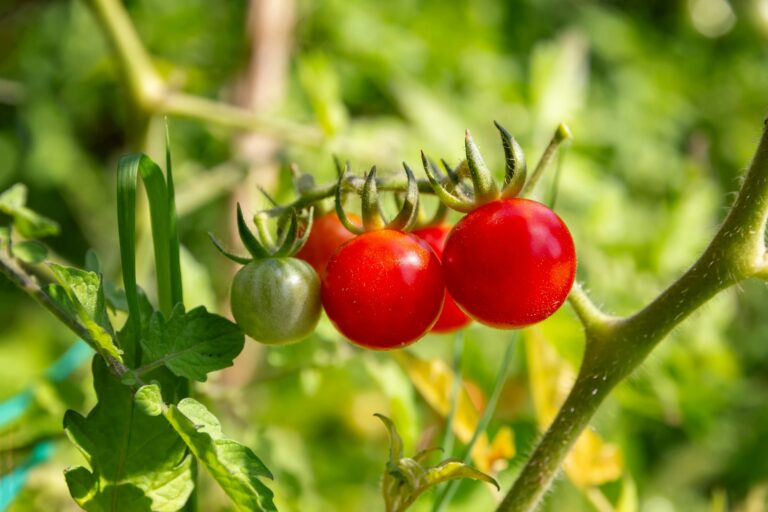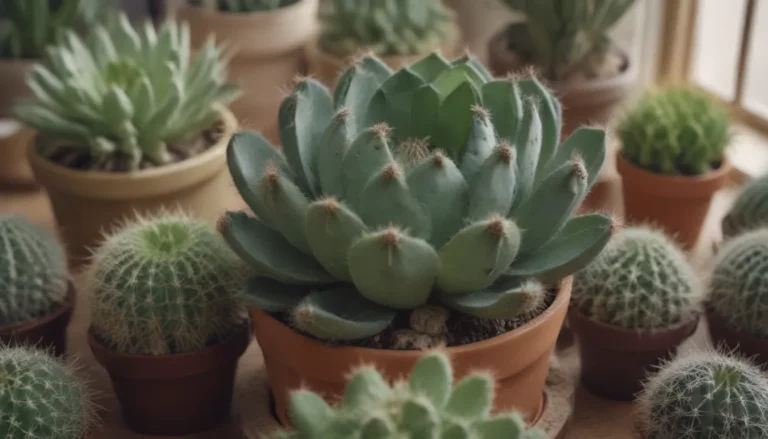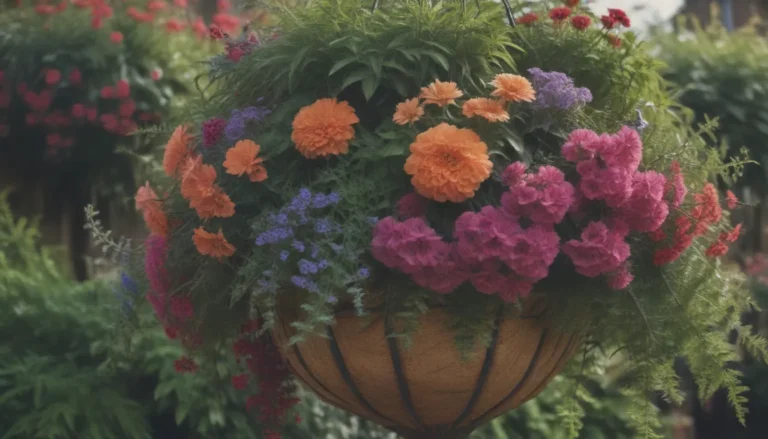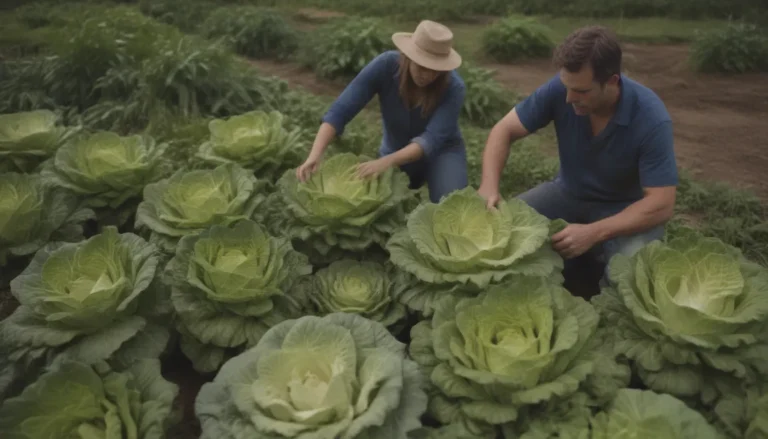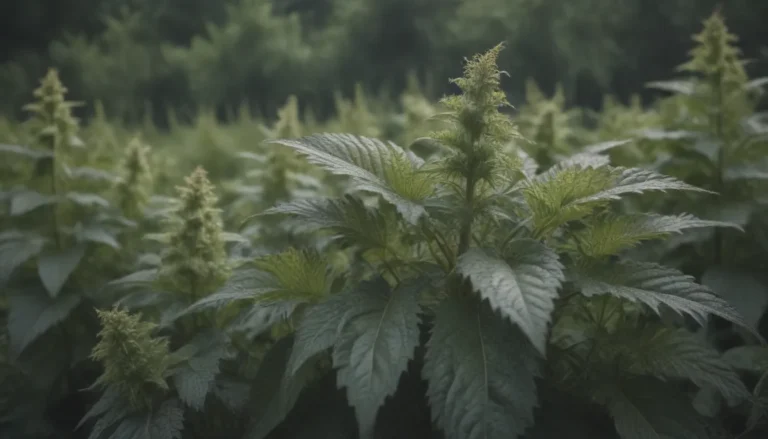The Ultimate Guide to Growing Green Onions: Planting, Care, and Regrowing Tips
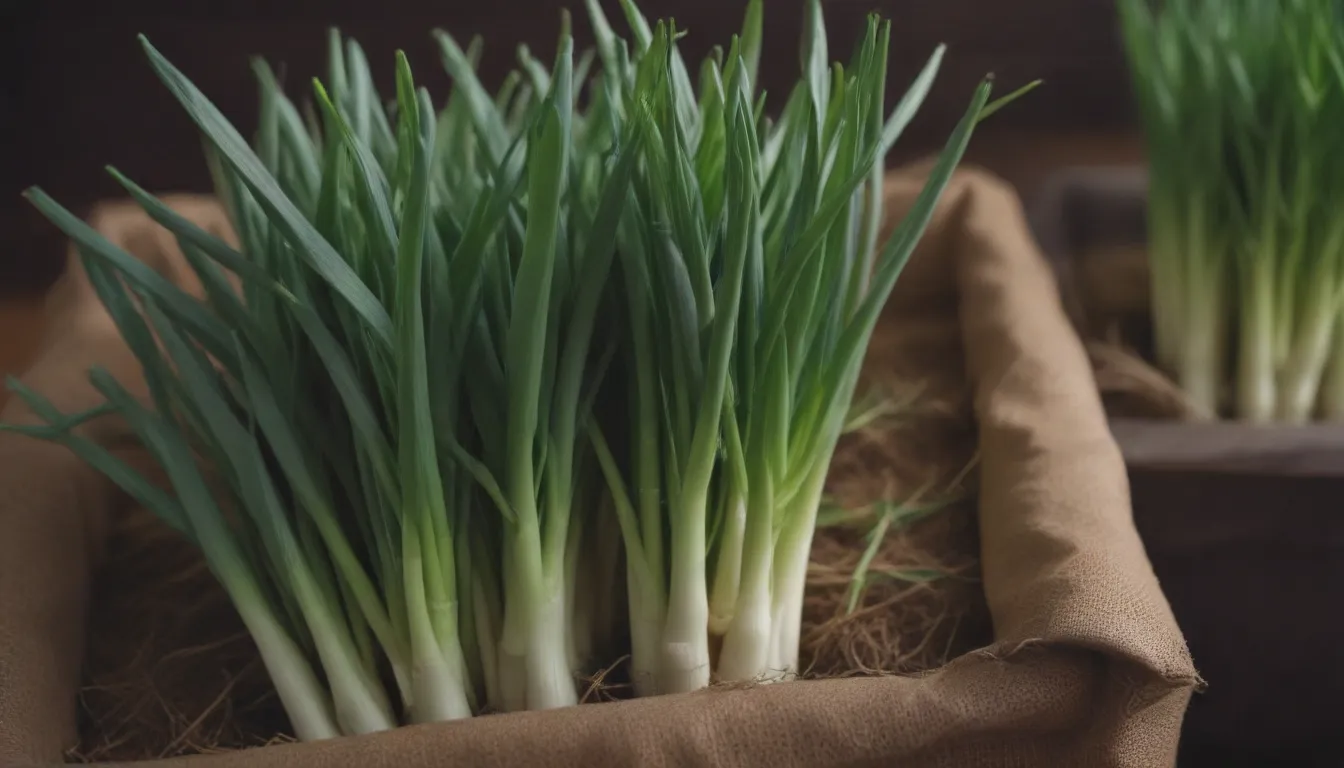
Green onions are a versatile and delicious addition to any kitchen, bringing the flavor of onions without the long wait associated with traditional bulb onions. In this comprehensive guide, we will explore everything you need to know about growing green onions from seeds or regrowing store-bought onions. From planting to harvesting and caring for your green onion crop, let’s dive into the world of these tasty, bulbless onions.
Understanding Green Onions: Differences and Characteristics
Before we delve into the growing process, let’s take a closer look at what sets green onions apart from their counterparts, scallions, and spring onions.
- Scallions: Harvested young before the bulb fully forms.
- Green Onions: Form long, dark green, tubular leaves that change to white bulbs underground.
- Spring Onions: Harvested slightly later than scallions, often with a small bulb forming.
Green onions, also known as scallions, are perennials with a rapid growth rate. They typically reach a height of one foot and are prized for their bright yet mild onion flavor, which can be enjoyed raw or cooked.
How to Plant Green Onions
Green onions are best planted in the spring for a summer harvest. Here’s a step-by-step guide to planting your green onion seeds or seedlings:
When to Plant
In the spring for a summer harvest or year-round in suitable climates.
Selecting a Planting Site
Choose a sunny spot with well-draining soil, or opt for containers if space is limited.
Spacing, Depth, and Support
- Plant seeds 1/4 inch deep, and seedlings at the same depth as their previous container.
- Space plants 2 to 3 feet apart in rows 1 to 2 feet apart.
- Minimal support structure is needed for green onions.
Green Onions Care
To ensure a successful harvest, here are some essential care tips for your green onion crop:
Light
- Green onions thrive in full sun, but can tolerate some shade.
- Aim for at least six hours of direct sunlight daily.
Soil
- Provide a rich, sandy loam with good drainage and a slightly acidic to neutral pH.
- Incorporate organic matter like compost when planting to promote growth.
Water
- Maintain consistent soil moisture to support the shallow root system of green onions.
- Avoid overwatering to prevent rot and disease.
Temperature and Humidity
- Green onion seeds germinate best in soil temperatures above 45 degrees Fahrenheit.
- Ideal growing temperatures range between 68 and 78 degrees.
- Ensure good drainage to prevent rot in humid conditions.
Fertilizer
- Use a balanced fertilizer, high in nitrogen to promote healthy growth.
- Fish emulsion is a suitable option for green onions.
Pollination
- Green onions self-pollinate, but flowering can impact leaf taste.
- Prevent flowering for optimal flavor.
Types of Green Onions
Green onions come in various varieties, each with its unique characteristics:
– ‘Guardsman’
– ‘Nabechan’
– ‘Red Beard’
– ‘Tokyo Long White’
Harvesting Green Onions
When your green onions reach 6 to 8 inches tall and are as wide as a pencil, they are ready to harvest. Simply cut off the leaves you need for cooking, or pull out the entire plant for use. Remember to avoid harvesting in the first season to allow for a bountiful crop in subsequent years.
How to Regrow Green Onions
Regrowing green onions is a simple and sustainable practice that allows you to enjoy a continuous harvest. Here’s how you can regrow green onions from store-bought ones:
- Slice off the ends of the bulbs, leaving the roots intact.
- Place the roots in a jar, adding water to cover the roots but leaving the tops exposed.
- Keep the jar in a bright location and change the water weekly.
- Once shoots appear, plant the roots in soil.
- Continuously harvest and regrow for ongoing supply.
How to Grow Green Onions in Pots
Growing green onions in pots is a convenient option, especially for those with limited garden space. Here are some tips for successful container gardening with green onions:
- Choose a container with drainage holes to prevent root rot.
- Use well-draining potting soil and water as needed.
Propagating Green Onions
Dividing mature green onion plants is a common method of propagation, best done in the spring for optimal plant health.
How to Grow Green Onions From Seed
Starting green onion seeds indoors or direct sowing in the garden are both viable options. Here’s how to grow green onions from seed:
- Plant seeds 1/4 inch deep in well-draining soil.
- Maintain constant moisture for successful germination.
- Thin seedlings to 2 inches apart for optimal growth.
Overwintering Green Onions
For perennial green onions, mulch heavily in late fall to protect against cold weather. Remove the mulch in spring for an earlier crop.
Common Pests and Plant Diseases
Watch out for pests like cutworms, onion maggots, and aphids, as well as diseases like mildew and rust. Proper sunlight and moisture levels can help prevent pest and disease issues.
By following these tips and guidelines, you can enjoy a bountiful harvest of green onions in your garden or kitchen. Whether you’re starting from seeds or regrowing store-bought bulbs, green onions are a versatile and flavorful addition to any home garden. Happy growing!
